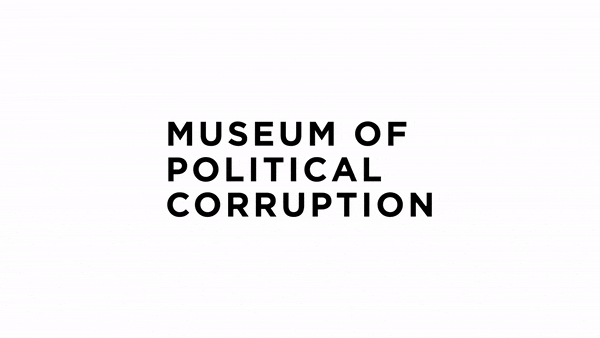The Corning-O'Connell Machine
Since 1919, Albany had nurtured a local political machine that was among the most powerful and autocratic in the country. A state investigation in the early 1970s had uncovered payoffs and overcharges in his office of 500 percent or more, and stories of political strong-arm tactics, vote rigging, and the like were regular features in the local press.
As a result of machine politics, Erastus Corning II, would serve as Mayor of Albany for over 40 years (1942-1983), longer than any other mayor of a U.S. city. While Corning held the position of mayor, the real power rested with Party Chairman Dan O’Connell and a handful of lieutenants.
Life Under the Machine
Beyond coercion and strong-arm tactics, the machine also built its power base by providing services to Albany voters who, in turn, supported the machine with their votes. These services included government jobs, preferential tax treatment, or prompt repairs to streets or sidewalks. Services were delivered through a network of neighborhood “ward heelers,” machine agents who made it their business to walk the neighborhoods and know the needs and political views of everyone on the street. Voters who registered Republican or were seen voting against the machine often suffered unexpected tax hikes or denial of basic city services.
Decline of the Machine
The Corning-O'Connell machine remained robust until the late 1960s when a changing political climate and the decline of traditional machine politics began to take hold. New laws and reforms aimed at reducing the influence of political machines also played a role.
Voting
Over the years, Albany pols, learning from professionals like New York City’s Tammany Hall, found endless ways to cheat on Election Day with paper ballots or primitive voting machines. The list was endless: hiding pencil leads under a fingernail to invalidate ballots, placing vote machines at an open window to read them from the back, crooked counts, ballot stuffing, personal pressure, and paying $5 per vote.
Read one resident’s story of what voting fraud looked like in the Albany of the 1970s here.
$5 Vote
The "$5 vote" was a term used to describe a controversial and corrupt practice that occurred in Albany, New York, during the late 19th and early 20th centuries. It was a method employed by political machines to manipulate elections and secure votes through bribery. Operatives would identify potential voters and offer them money in exchange for their promise to vote for a specific candidate or party supported by the political machine. This practice allowed the political machine to exert control over the electorate by effectively buying votes and ensuring that voters supported the machine's preferred candidates.
Patronage
Patronage, the handing out of government jobs in exchange for political loyalty, is as old as politics itself, but political machines like Albany’s took the practice to extremes. Albany was famous for its many sinecure jobs involving no actual work, its hundreds of leave rakers, street sweepers, and clerkships, often handed out to relatives of donors and political supporters. Patronage can be a helpful charity, providing income to someone who’s lost a job or fallen on hard times. But most often it was used to pay for favors and build support.
Housing
Albany residents who dared to register Republican or publicly oppose the machine-backed might find the real estate tax assessment on their home drastically rising for no apparent reason. To fix the problem, the homeowner would have to hire a lawyer with machine connections. The machine benefitted at both ends: punishing an opponent and rewarding a friend (the machine-connected lawyer who collected a nice fee).
Beer
The Hedrick Brewing Company opened in 1933 and closed in 1965. Originally a bootlegging operation, the Hedrick Brewing Company came under the control of party boss Dan O’Connell. Under his control, Albany establishments faced pressure to sell Hedrick Beer to help line O’Connell’s coffers.


